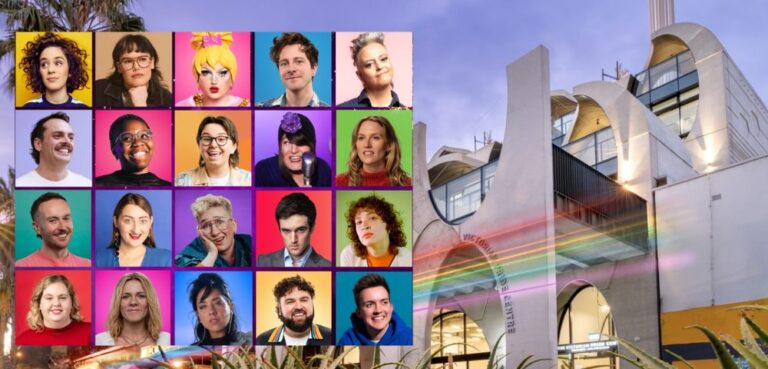
Genderqueer: the new identity on the block
GQ might be added to the growing GLBTI acronym as the genderqueer movement gains more community awareness — but the bigger typographic headache will be pronouns.
Genderqueer is a self-defined identity outside the male-female gender spectrum, according to its advocates. It can include people who identify as neither male nor female, or people who identify as both.
Ryan Radclyffe-Hall, 23, identifies as both a trans-man and genderqueer, saying it could be seen as an evolution of queer theory.
“Some gender theorists think everybody should identify as genderqueer, and some trans people think it isn’t a valid identity and it’s just for wankers,” he said.
“There are a lot of politics surrounding those definitions because they are new ideas, new identities.”
Academic literature using the term dates back into the 1990s and has support from established gender theorists Jack Halberstam and Judith Butler, but its current popularity is mostly among the young.
“[Dual-gender] identities you might be familiar with are butchdykes and people who cross-dress and consider themselves to be both a man and a woman. Those identities are be subsumed to a degree by genderqueer amongst young people.”
Radclyffe-Hall was one of a group of people that held a combined trans and genderqueer caucus at this month’s Queer Collaborations conference in Canberra. The trans community did not universally support the inclusion of genderqueer in its autonomous gathering, but nobody made moves to kick them out.
“We argued for an hour and half about whether we should have separate caucuses. There are lot of misconceptions because people haven’t had an opportunity to talk to one another to realise they essentially believe the same thing, just using different words.”
“Transgenders get a lot of flack from society, and genderqueers also get that, so there is a common ground.”
Radclyffe-Hall arrived at genderless identity long before finding a term for it.
“When I was younger I identified as an angel. My Sunday school teacher told me angels didn’t have genders, so I thought I must be an angel. I was five, so I didn’t really get it at the time.”
But that same gender ambiguity is a roadblock for genderqueers who also want to transition physically, as the doctors who act as “gatekeepers” to the transitioning medication look for definite gender traits and identities.
“As I got older I met some second wave lesbian feminists and came across the idea of male-identifying women, butches, and for a little while I identified as male so that’s how I got through the gatekeeper process,” Radclyffe-Hall said.
“But after about six months, I didn’t feel like a woman or a man. So I started examining the notion of genderqueer. It’s very liberating being outside the gender binary.”









